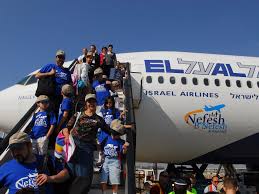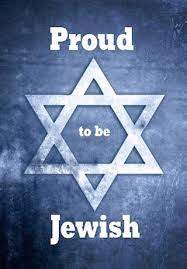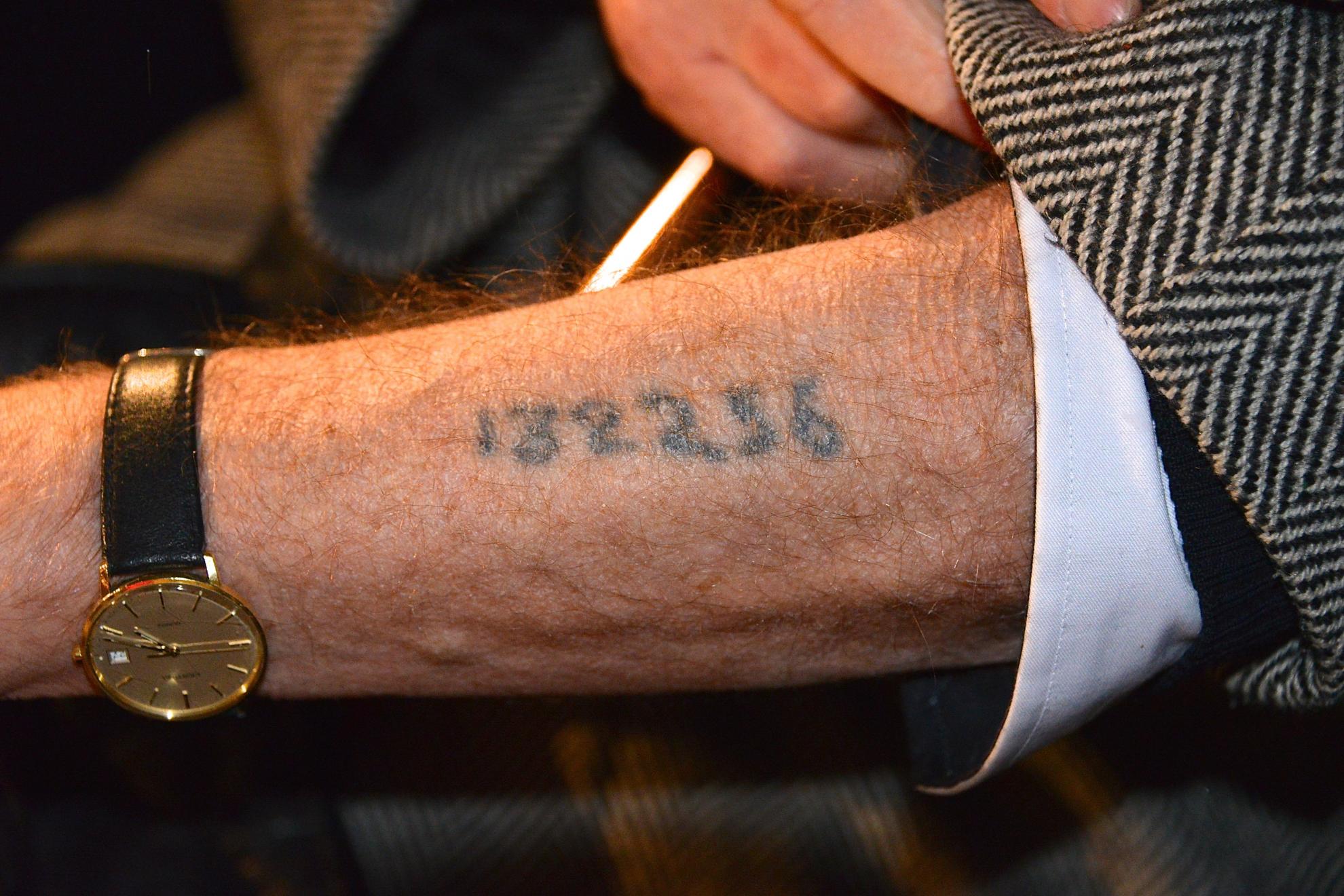May 3, 2022|ב' אייר ה' אלפים תשפ"ב Acharei Mos 5782 - To Remember To Act
Print Article
Rabbi Daniel Hershkowitz was the President of Bar Ilan University from 2013-2017, he is also an Israeli politician, mathematician, and community Rabbi. About 12-13 years ago, Rabbi Hershkowitz was a visiting Scholar-in-Residence at the Jewish Center in Manhattan for Shabbos.
At Shalosh Seudos, there was a Q & A session, and someone asked, “Rabbi Hershkowitz, what made you decide to become a communal leader?” He answered, “Rabbi Hershel Schacter”, and he then told the following story.
As many of you know, Rabbi Hershel Schacter, Rabbi
J.J. Schacter’s father, was a chaplain in the Third Army’s VIII Corps and was the
first US Army Chaplain to enter and participate in the liberation of the
Buchenwald concentration camp on April 11, 1945. Rabbi Schacter remained in Buchenwald for months,
tending to survivors’ physical, emotional, and spiritual needs.
On that first day, April 11, 1945, Rabbi Schacter was walking through the camp when he came upon a 17-year-old man. This young man was Rabbi Hershkowitz’ father. Rabbi Schacter asked him, “what can I get for you?” expecting him to ask for food, clothing, or some other basic need. Instead the young man told him that the ENTIRE time he had been in the camp, he had managed to keep his tefillin with him and put them on EVERY DAY. Only recently, the Nazi’s discovered the tefillin and confiscated them. So, he asked, “Is there any chance you have tefillin that I could put on?”
Rabbi Schacter reached into his bag, and took out his own, personal tefillin, and handed them to the young man. “These are yours – keep them.”
21 years later, young Daniel Hershkowitz put on tefillin for the first time, and the ones he put on were those same “Buchenwald tefillin”.
That story, said Rabbi Hershkowitz, inspired me to live a life dedicated to the Jewish People.
Rabbi J.J. Schacter had served as the Rabbi of the Jewish Center for 20 years, so after Shabbos a number of people called him after Shabbos to tell him what had happened.
And he said he had never heard this story. His father never told him.
But, he said, it now explained a Dvar Torah his father would frequently share and why he felt so passionately about it:
One of the most well-known prophecies of Yechezkel HaNavi is the prophecy of the Dry Bones. Yechezkel is taken to a valley where he sees nothing but bones, and Hashem commands him to bring these individuals back to life, and he does.
It is clearly a nevua about the future of Am Yisrael and a time when Hashem will bring us back to life and back to Eretz Yisrael as a Nation.
And the gemara in Sanhedrin 92b has an interesting discussion about the identity of these individuals whom Yechezkel brought back to life, and it offers 2-3 explanations:
1) רבי אליעזר אומר: מתים שהחיה יחזקאל עמדו על רגליהם, ואמרו שירה ומתו.
Rabbi Eliezer: They came back to life, sang shira, and died again.
2) רבי אליעזר בנו של רבי יוסי הגלילי אומר: מתים שהחיה יחזקאל עלו לארץ ישראל, ונשאו נשים והולידו בנים ובנות.
These individuals came back to life, moved to Eretz Yisrael, they made aliya, got married and had families.
3) עמד רבי יהודה בן בתירא על רגליו ואמר: אני מבני בניהם, והללו תפילין שהניח לי אבי אבא מהם.
Rabbi Yehuda ben Beseira stood up and said: I am from the grandchildren of these individuals, and here are the tefillin my grandfather left for me from this group!
It is such a perplexing gemara, and Rabbi Hershel Schacter used to use this gemara to describe the three different approaches of different types of Jews after the shoah:
1) There were Jews who were liberated, they “came back to life” to a certain extent, but religiously, they died again. These were many Jews who simply could not remain connected to Judaism in any way after their horrifying experiences. Rabbi Schacter himself would point out that we are not at liberty to judge anyone who responded this way. This is simply a description.
2) The second group were Jews who did not remain connected to religious observance, but they did maintain a strong connection to Am Yisrael and, in particular, to Eretz Yisrael. These were Jews who literally “Alu L’Eretz Yisrael” they made Aliyah and created the infrastructure for the future State of Israel. When the state was established, there were 600,000 Jews in the Medina. 25% of that group were survivors.
3) Rabbi Schacter wanted to argue that Rav Yehuda ben Beseira’s statement is not simply building on group 2, but it was a third group, a group that even after all they had been through, after all they had experienced, the absolute horrors of losing their entire families and being tortured for years, remained steadfastly devoted to Am Yisrael, Eretz Yisrael, AND TORAT YISRAEL. Jews who upon liberation did not ask for food and water, they asked for their TEFILLIN!
Said, Rav J.J. Schacter, my father would tell this dvar Torah ALL THE TIME, and I NEVER UNDERSTOOD why he felt so passionately about it, until I heard this story from Rabbi Hershkowitz.
I always find this space – the days between Yom Hashoah and Yom Hazikaron/Yom Ha’atzmaut to be fascinating ones. It’s a time when there are communal events throughout communities, appropriately so, to commemorate the holocaust, to commemorate those who gave up their lives for Medinat Yisrael, and to celebrate the rebirth of our people in our Land.
And I always find myself asking, what should these events mean to us? What does it mean to remember Jews who lost their entire families for no other reasons than being Jewish and then somehow found the strength to start again, building a Jewish State, building Jewish communities, and raising Jewish families?
There are many possible answers to this question, but this morning I will offer one: We remember these heroic Jews, Jews who gave up their lives for their Yiddishkeit and Jews who rebuilt their lives afterward, so that we can learn to never, ever, take ours for granted.
We live at a time where the details of observance are relatively easy, but it is that very EASE that breeds a new, different type of nisayon – the challenge of APATHY.
So, perhaps as we remember those who paid the ultimate price to be able to put on tefillin, we use that memory as an opportunity to galvanize ourselves, and to be more careful, more consistent in how we put on our tefillin.
As we remember those who would have literally given ANYTHING for the opportunity to learn mishnayos in a beis medrash, to daven mincha in their living room, or to cook a meal for a neighbor, let’s commit to do so ourselves.
Because when we live more passionate, more dedicated Jewish lives, we give value and meaning to the sacrifice of those who lost their lives for their Judaism.
As we continue to make our way through these days of remembering our past with our eyes towards our future, let us commit to turn those memories into action. To remember those who sacrificed it all, by committing to live dedicated, passionate Jewish lives.




